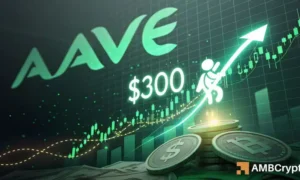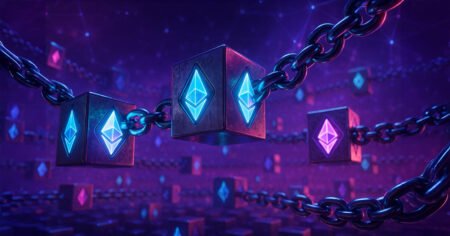Push Protocol has recently launched Push Chain, a layer 1 blockchain that connects various chains and integrates communication protocols with on-chain transactions. This platform’s architecture allows developers to interact across different ecosystems, including both EVM and non-EVM networks, without depending on fragmented infrastructure. Users can execute transactions from any chain, and the chain’s consumer-focused features aim to enhance user experiences through wallet and fee abstraction. Additionally, parallel validators and dynamic sharding help address throughput demands.
The Push Chain platform introduces consumer transactions that offer more flexibility for developers, enabling applications to act as universal hubs across networks. This ecosystem allows developers to create shared-state smart contracts that can access wallet data from disparate chains. Push Protocol, previously known as EPNS, focused on providing notifications and chat functionalities to decentralized applications and wallets. With the launch of Push Chain, these communication protocols are now integrated at the chain level, transforming interactions into on-chain transactions capable of accruing value.
The architecture of Push Chain, along with its sub-second finality, suggests a scalable foundation for various use cases, such as social platforms, gaming, finance, and cross-chain NFT trading. The platform’s design also introduces blockchain-agnostic wallet addresses and Push ID technology, which promote more direct interoperability between multiple wallets across different chains under a single decentralized identifier. Push Protocol has expanded beyond Ethereum to networks like BNB Chain, enhancing its reach and accessibility.
The rollout of Push Chain will occur in phases, starting with consumer-centric applications, followed by interoperability layers, and concluding with universal smart contracts and shared-state capabilities. This structured approach aligns with the platform’s mission of scaling to meet the evolving demands of the web3 environment. Push Chain’s integration of notification and chat protocols into the core infrastructure represents a transition from traditional communication layers to on-chain environments that treat messaging as data-rich transactions.
The chain’s compatibility with on-chain AI agents and applications presents opportunities for more advanced functionalities spanning multiple domains. Developer resources, such as a whitepaper, explorer tools, and simulation environments, are now available for builders interested in exploring Push Chain. The platform is live on devnet, with plans for an incentivized testnet and additional documentation to equip developers with the necessary tools to create applications accessible from any supported chain.
In conclusion, Push Chain’s innovative approach to integrating communication protocols with on-chain transactions and its focus on enhancing user experiences and interoperability across different chains position it as a promising player in the blockchain space. With a structured rollout plan and a commitment to providing developer resources, Push Chain is set to empower builders to create innovative applications that can interact seamlessly across various networks.

















